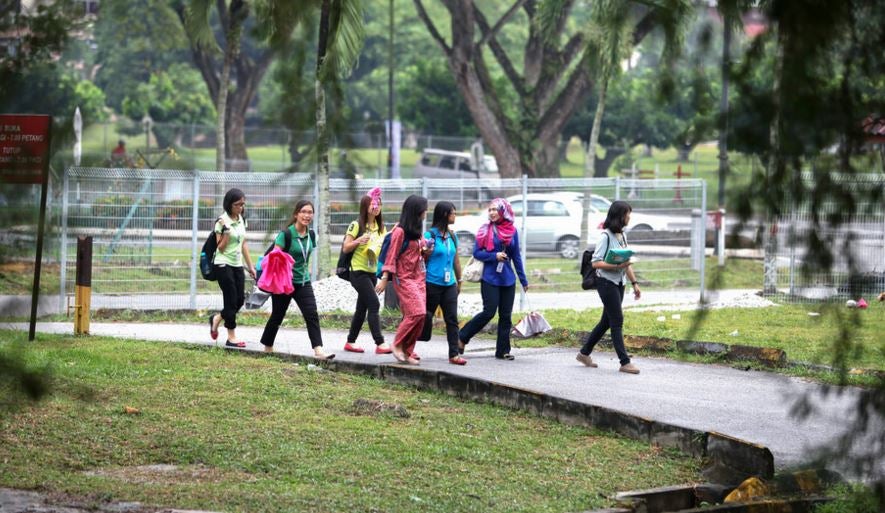
There is plenty to celebrate about being a young person. Since 1999, the United Nations commemorates the ideas and initiatives of young people everywhere with International Youth Day. To me, it’s particularly significant this year because it’s the first International Youth Day since the Sustainable Development Goals, or SDGs, were adopted (last September 2015).
The SDGs aim to address “the root causes of poverty and the universal need for development that works for all people” by 2030. Fourteen years from now may seem like a distant dream but it’s really not that far ahead. Today’s 16 year old will be 30 by then and whatever foundations are laid down today will inevitably impact his/her world forever.
Through my work with the human development team at the World Bank, I see how education is indeed the surest way to end poverty. This roundup of recent blogs from our education experts highlight how education can provide young people with more opportunities:
Learning must start early on, even before a child goes to school. Recent findings in neuroscience and evidence from around the world demonstrate that early childhood experiences have a profound impact on brain development and on subsequent success later in life. Keith Hansen, World Bank Vice President for Human Development, blogs: “If a child gets the health care, nutrition, affection, stimulation, and education that she needs—and that every child deserves—the gains she makes in those early years are hers for life. Almost no matter what befalls her in life, she is not going to lose her advanced aptitude for learning or forget the social skills she obtained.”
Education can turn the youth population into an engine of growth. The data is staggering: 89 million out-of-school youth comprise nearly half of all youth in Sub-Saharan Africa. Even more dauntingly, in the next decade, an estimated 40 million more youth will drop out and face an uncertain future without adequate skills to avoid the pitfalls of poverty. Keiko Inoue writes about what sub-Saharan Africa can do to turn its youth bulges into an engine of growth.
Education is an investment. Overall, another year of schooling raises earnings by 10 percent a year. This is typically more than any other investment an individual could make. Harry Patrinos blogs about how “investments in more able workers at any age generate higher returns than investments in less able workers, and ability is formed at early ages.”
Gender equality (SDG 5) cannot happen without quality education (SDG 4). Our experts emphasize that educated women tend to be healthier than uneducated women, participate more in the formal labor market, earn higher incomes, have fewer children, marry at a later age, and enable better healthcare and education for their children. All these factors combined can help lift households out of poverty.
School nutrition programs can combat obesity and diabetes. Analysis shows that the consumption of salty and sugary foods and of soda is higher among children in developing countries than among children in developed countries. Our blogger says that school nutrition programs that incorporate local food traditions into its meals can be a valuable strategy. In Ghana, this approach builds food markets for local farmers, while simultaneously encouraging community members to design the school menu and instill healthy eating habits with fresh foods.
Bringing education closer to young people can make all the difference. On average, there is one primary school near the entrance of a slum, for every 121 primary school-aged child living in a slum in Dhaka, Bangladesh. Through the IDA financed Reaching Out-of-School Children (ROSCII) Project, ‘Learning Centers’ have been established in clusters inside the slums, to provide a second change education to children, closer to their home. Thanks to this project, about 3,000 children are now being supported in 120 Learning Centers in 20 Dhaka slums, and the program will be scaled up further to support 50,000 children living in slums in the coming years. Read the blog.
Check out the World Bank’s youth website.
Find out more about the World Bank Group’s work on education on Twitter and Flipboard.


Join the Conversation